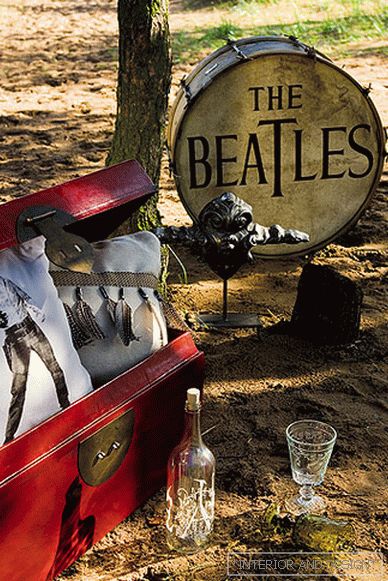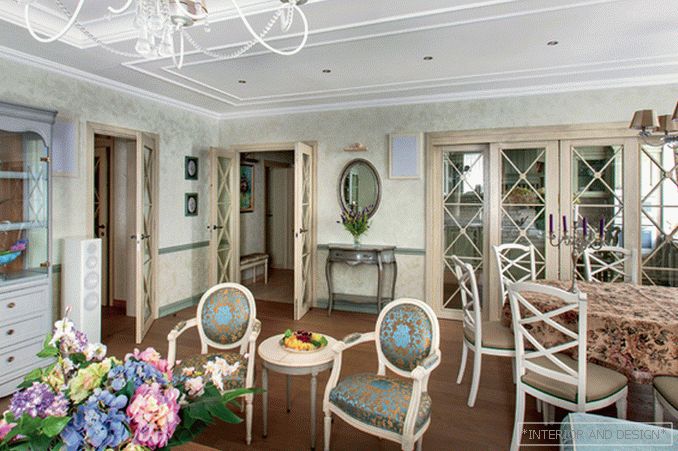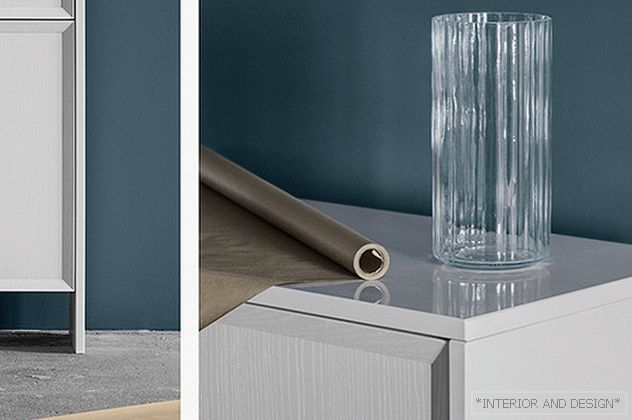The Frenchwoman Odile Dekk (Оdile Decq, p. 1955) knows how to be in demand and not lose freedom. Her projects appear with enviable regularity on news feeds. In 2016, she became the owner of Jane Drew Prize, an architectural award aimed at recognizing female architects. And, judging by the fact that during five years Odile restored Maison Bernard - the construction of the Hungarian visionary Antti Lovaga, she allows herself to do what the soul belongs to.
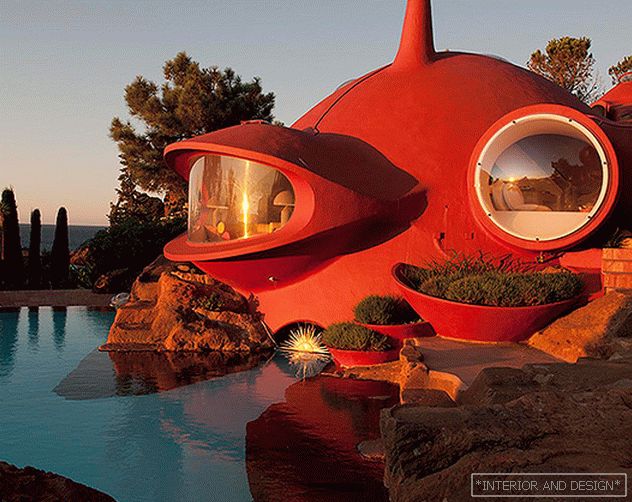 Maison Bernard, built in the 1970s by Hungarian architect Antti Lovag. Restoration project - arch. Odile Deck.
Maison Bernard, built in the 1970s by Hungarian architect Antti Lovag. Restoration project - arch. Odile Deck. The Jane Drew Prize was awarded on February 24, 2016 in London. Odile is marked by the jury as an "architect-rebel, a fiery advocate of equality and an inexhaustible source of reactive energy." The name Jane Drew (1911-1997) was not chosen by chance. Master of Tropical Modernism, British Jane Drew - the first woman professor at Harvard and no less influential MIT, her career has become an example for others. The award (£ 10,000) exists under the Women in Architecture Awards (WIA) program for supporting female architects in their difficult male profession.
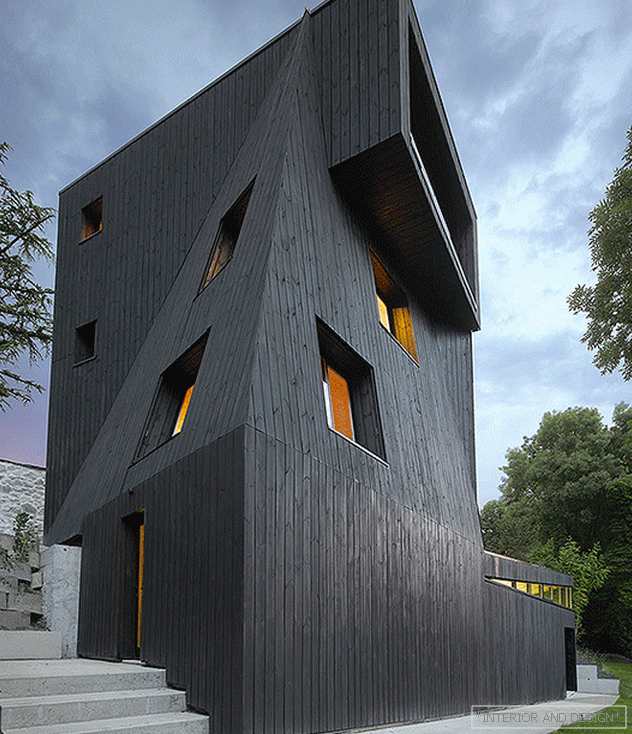 Private house in Saint-Ange, France. Studio Odile Decq. 2015. 185 sq. M. m
Private house in Saint-Ange, France. Studio Odile Decq. 2015. 185 sq. M. m 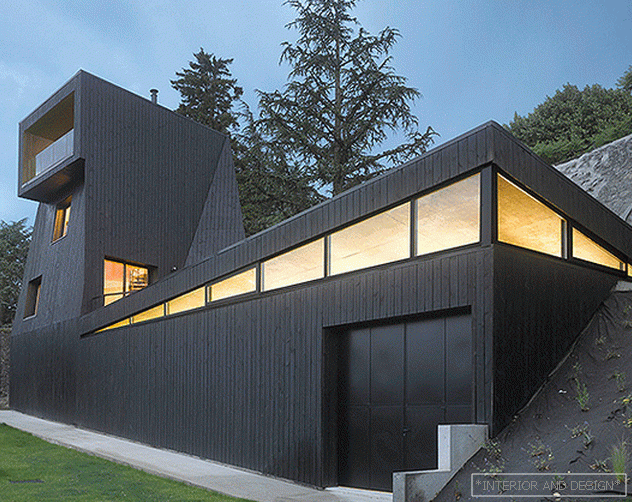 Private house in Saint-Ange, France. Studio Odile Decq. 2015. The house stands in the park. Windows are located on three sides and at different levels.
Private house in Saint-Ange, France. Studio Odile Decq. 2015. The house stands in the park. Windows are located on three sides and at different levels. Odile Dekk is one of the few women to succeed in architecture. Her solid talent made its way into the traditionally male profession. The name of the architectural bureau ODBC is made up of the names of its creators - Odile Dekk and Benoit Cornett. They were tied together with architecture, and general hobbies, and love. The last 18 years, after the death of Benoit in a car accident, Odile runs the bureau alone, continuing to develop their method of "hypertension". The essence of the method is that you can work with space as with a plastic material.
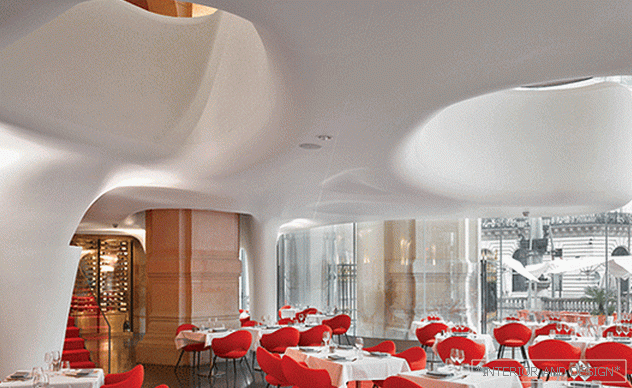 Restaurant L'Opera in the historic building of the Opera Garnier.
Restaurant L'Opera in the historic building of the Opera Garnier. 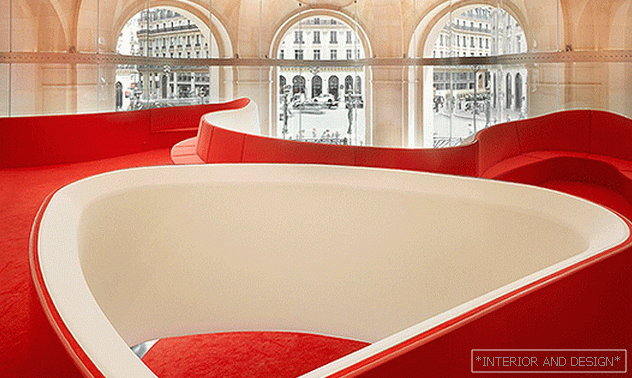 Entresol floor of the restaurant L'Opera.
Entresol floor of the restaurant L'Opera. Odile interacts with the audience, bending, compressing and expanding the space in which he is located. “Architecture should take care of the human body, which is why we experiment with different forms and functions. We are trying to revise the principles of human existence. ”
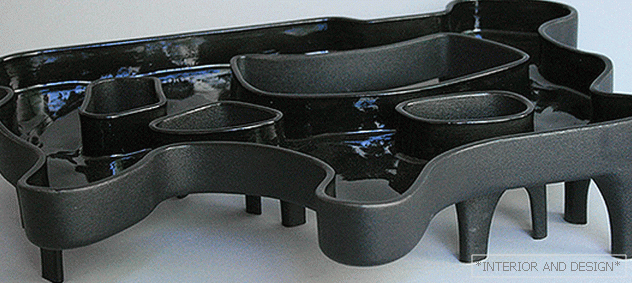 Phantom, керамика. 45 x 35 x 10 см. Limited edition (8 + 4). Odile Decq / Bernard Chauveau Publisher / CRAFT Limoges. 2011.
Phantom, керамика. 45 x 35 x 10 см. Limited edition (8 + 4). Odile Decq / Bernard Chauveau Publisher / CRAFT Limoges. 2011. The first building that brought world renown to ODBC is the administrative complex of the Banque Populaire de l'Ouest (BPO) in Rennes, 1990. The sculptural volume with metal facades looks like a huge glass wall onto a picturesque panorama. An unusually long hall emphasizes the transition from the natural world to the world of metal. The state-of-the-art building for its time was hardly accepted by the French public, who considered “all this high-tech to be too English.” And the BPO project became the manifesto of the young bureau. “We were young and were outsiders in the profession. We have invested all of ourselves in this project. After the awards and publications, everyone was sure that we were already overwhelmed with orders. However, in France it works a bit wrong. You win the competition, and nothing changes. For the next two years, we were out of work altogether, and only the incoming cleaning lady remained of the staff. And we started all over again. ”
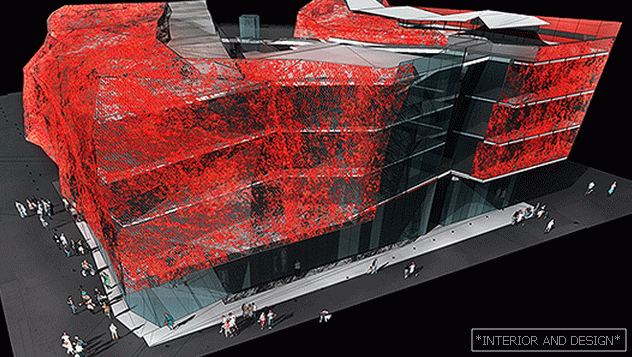 Residential complex Red Lace in Florence.
Residential complex Red Lace in Florence. In a sense, the story was repeated after receiving the Golden Lion ODBC for its contribution to the development of world architecture. In France, almost no new orders appeared, but Odile began to build in London, Brussels and Italy, fly around the world with lectures and, according to her, now rests only in airplanes.
Her most significant work of the 2000s is the new wing of the MACRO Museum of Contemporary Art in Rome. Ten years have passed from project to implementation. The opening in autumn 2010 attracted the attention of the whole world. A symbiosis of historical buildings and ultramodern architecture with bright and contrasting solutions arose in the very center of the monument city. The whole complex is permeated with a transforming red "ribbon", constantly changing its functional purpose.
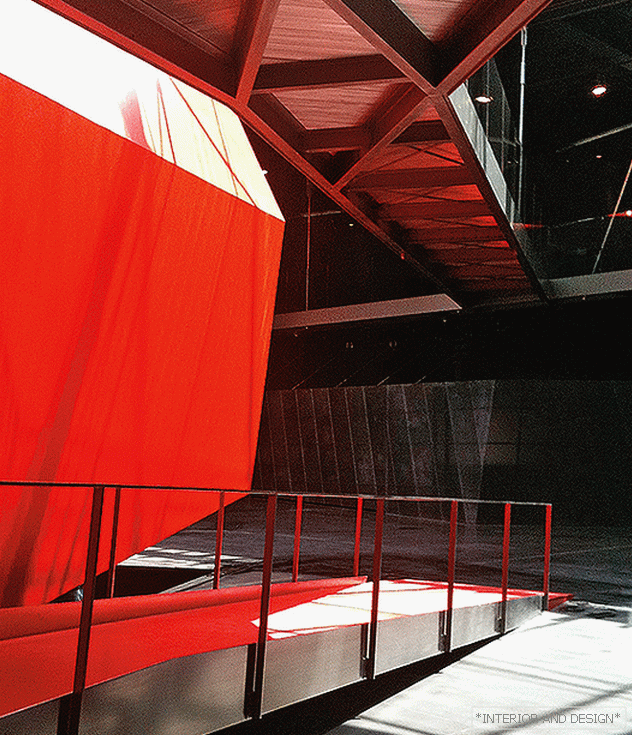 The new building of the museum MACRO in Rome.
The new building of the museum MACRO in Rome. Odile Deck passed on this passion transmitted by architecture, his willingness to risk and openness to her students in Paris as the rector of Ecole Spéciale d'Architecture (ESA) - the oldest (founded in 1865) and yet progressive architectural university. Working with students from all over the world is like working in her workshop. Despite the extravagant image, her creative method is not despotic.
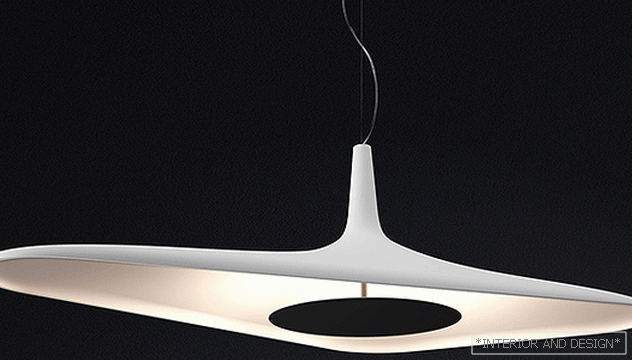 Cvetlnnik Black Sun, Luceplan.
Cvetlnnik Black Sun, Luceplan. “Our office work is basically based on the principle of a seminar: we discuss, communicate, discuss ideas. Sometimes I throw a sketch when something comes to mind, but I don't have real time to do it all myself. Ideas come in travels, especially often when I brush my teeth. I don't like to work alone. ” And all decisions are checked by mockups. The workshop is literally forced by them. After all, the main thing for Odile is not the external recognition of handwriting, not the imposition of his ego, but the finding of a contextual solution. “Too many architects care about the beauty of lines and design, and not about those for whom they are building. I work for people. ”
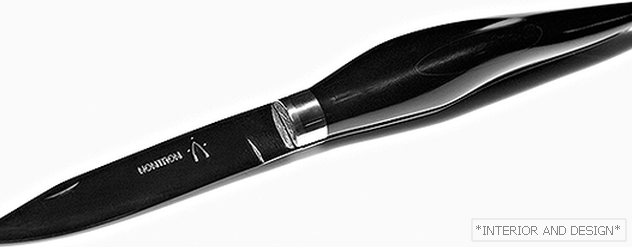 Folding knife Noire, Nontron.
Folding knife Noire, Nontron. 
